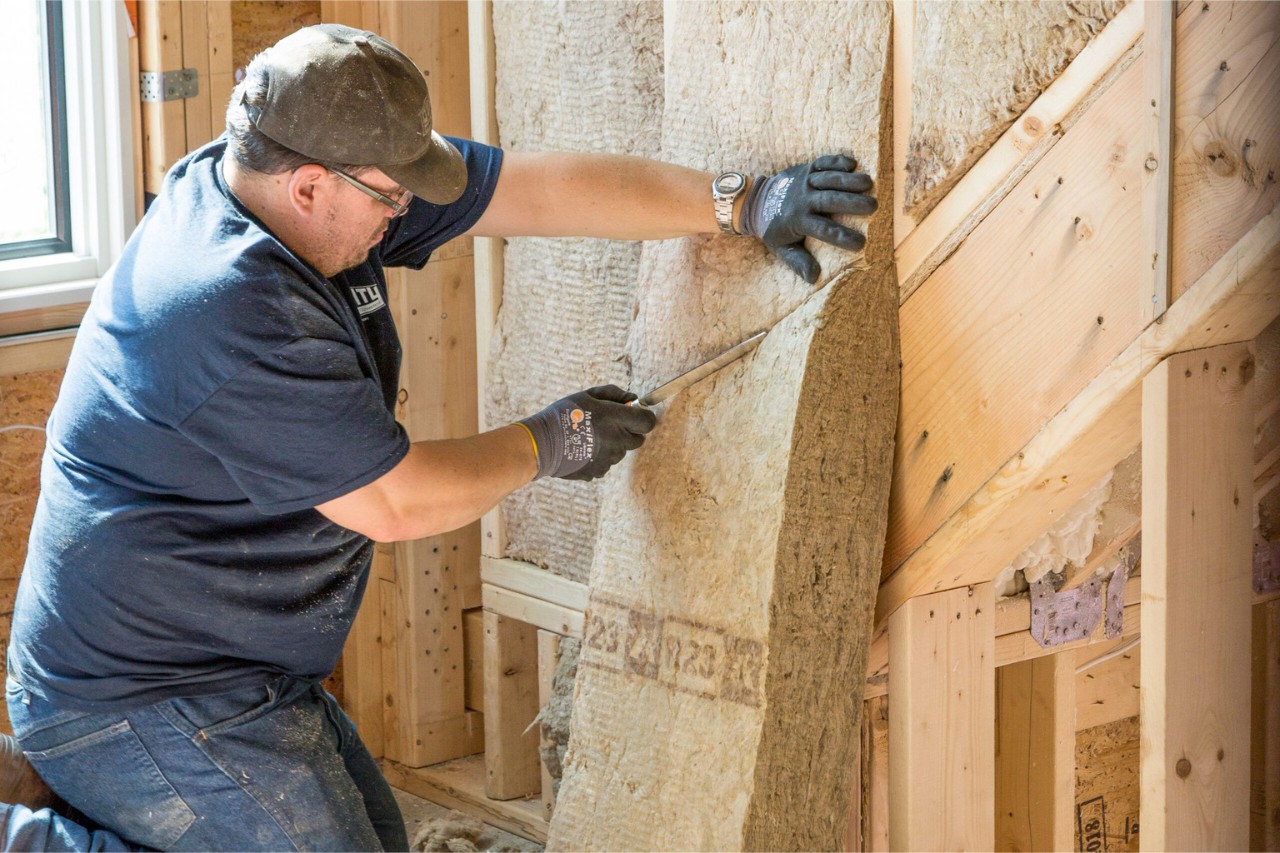

Articles
How To Insulate Existing Interior Walls
Modified: January 9, 2024
Learn how to effectively insulate your existing interior walls with our informative articles. Improve energy efficiency and create a comfortable living environment.
(Many of the links in this article redirect to a specific reviewed product. Your purchase of these products through affiliate links helps to generate commission for Storables.com, at no extra cost. Learn more)
Introduction
Insulating interior walls is a crucial step in improving energy efficiency and comfort in your home. By properly insulating your walls, you can reduce heat loss during winter and heat gain during summer, resulting in lower energy bills and a more comfortable living environment. Additionally, insulating your walls can also help reduce noise transmission from room to room, creating a quieter and more peaceful atmosphere.
In this article, we will guide you through the process of insulating existing interior walls. Whether you’re looking to increase the energy efficiency of your home or simply want to create a more soundproof space, this step-by-step guide will provide you with the knowledge and techniques needed to successfully insulate your walls.
Before we get started, it’s important to note that insulating existing interior walls may require some construction work and can be time-consuming. If you’re not comfortable with DIY projects or if your walls have complex structural issues, it’s recommended to consult with a professional contractor to ensure the job is done correctly.
Now, let’s dive into the steps to insulate your existing interior walls.
Key Takeaways:
- Properly insulating existing interior walls can improve energy efficiency, reduce noise transmission, and create a more comfortable living environment, resulting in lower energy bills and a peaceful atmosphere.
- Thoroughly assessing wall condition, choosing the right insulation material, and properly preparing, installing, and sealing the walls are essential steps for a successful insulation project.
Read more: How To Add Wall Insulation To Existing Walls
Step 1: Assessing the walls
The first step in insulating existing interior walls is to assess the condition and structure of the walls. This step is crucial to determine the appropriate insulation method and materials to use.
Start by inspecting the walls for any signs of damage, such as cracks, holes, or water leakage. Addressing these issues prior to insulating is essential to prevent further damage and ensure the effectiveness of the insulation.
Next, consider the type of wall construction you have. There are several common types:
- Stud walls: These walls have a frame made of vertical wooden studs with a space in between.
- Masonry walls: These walls are made of materials like brick, concrete, or stone.
- Plasterboard walls: These walls consist of a layer of plasterboard attached to a frame.
Understanding the construction of your walls will help you determine the best way to proceed with insulation.
Another important factor to consider is the existing insulation, if any. Some older homes may already have insulation, but it might not be sufficient or in good condition. Assess the quality and thickness of the existing insulation to determine whether it needs to be replaced or supplemented with additional insulation.
Lastly, check the electrical wiring and plumbing inside the walls. It’s important to be aware of the location of these elements to avoid damaging them during the insulation process.
By thoroughly assessing the condition and structure of your walls, you can make informed decisions about the insulation method and materials that will work best for your specific situation.
Step 2: Choosing the insulation material
Once you have assessed the condition and structure of your walls, the next step is to choose the appropriate insulation material. There are several options available, each with its own benefits and considerations.
1. Fiberglass insulation: This is one of the most commonly used insulation materials. It consists of fine glass fibers that are spun into batts or blown into the wall cavities. Fiberglass insulation is affordable, easy to install, and provides good thermal performance.
2. Spray foam insulation: Spray foam is a popular choice for insulating existing walls. It is applied as a liquid that expands and hardens, creating an airtight barrier. Spray foam insulation has excellent thermal and soundproofing properties, but it can be more expensive than other options.
3. Cellulose insulation: Made from recycled paper and treated with fire retardants, cellulose insulation is an eco-friendly option. It can be blown into wall cavities or installed as loose fill. Cellulose insulation provides effective thermal and sound insulation.
4. Mineral wool insulation: Mineral wool, also known as rock wool or stone wool, is made from natural minerals such as basalt or slag. It comes in batts or loose fill and offers excellent fire resistance and soundproofing properties.
When choosing the insulation material, consider factors such as the R-value (which indicates thermal resistance), moisture resistance, fire resistance, and ease of installation. Additionally, take into account any specific requirements or regulations in your area.
It’s advisable to consult with insulation professionals or research extensively to determine the best insulation material for your project. Consider your budget, climate, and specific needs to make an informed decision that will provide the greatest benefit in terms of energy efficiency and comfort.
Step 3: Preparing the walls
Before installing the insulation, it’s important to properly prepare the walls to ensure a smooth and effective process. Here are the key steps involved in preparing the walls for insulation:
1. Clean the walls: Begin by thoroughly cleaning the walls to remove any dirt, dust, or grease that may be present. This will help create a clean surface for the insulation material to adhere to.
2. Repair any damage: Inspect the walls for any cracks, holes, or damage and repair them using appropriate materials. Fill in any gaps or cracks with caulk or sealant, and patch any larger holes with plaster or drywall compound. It’s important to address these issues before installing the insulation to ensure maximum effectiveness.
3. Address moisture issues: Moisture can hinder the performance of insulation and lead to mold growth. If you identify any signs of moisture, such as water stains or dampness on the walls, it’s crucial to address the underlying issue before proceeding with insulation. This may involve repairing leaks, improving ventilation, or installing a moisture barrier.
4. Protect electrical outlets and fixtures: Before installing insulation, carefully remove outlet covers, switch plates, and other fixtures on the wall. This will allow you to properly insulate around these areas without causing any damage. It’s important to follow safety precautions and consult an electrician if needed.
5. Consider vapor barriers: In some cases, it may be necessary to install a vapor barrier to prevent moisture from entering the wall cavity. Consult local building codes or an insulation professional to determine if a vapor barrier is required in your area.
By adequately preparing the walls before insulation, you can ensure that the insulation material adheres properly and that any existing issues are addressed. This will contribute to the overall effectiveness and longevity of your insulation.
Consider using blown-in insulation to insulate existing interior walls. This method is less invasive and can be done without removing drywall. It also provides effective insulation for improved energy efficiency.
Step 4: Installing the insulation
Now that the walls are prepared, it’s time to proceed with the installation of the insulation. Follow these steps to ensure a proper and efficient installation:
1. Measure and cut: Begin by measuring the wall cavities and cutting the insulation material accordingly. Make sure to leave a slight gap around the edges to allow for expansion.
2. Batt insulation: If you’re using batt insulation, simply press it into the wall cavity, ensuring a snug fit. Trim any excess material using a utility knife.
3. Blown insulation: For blown-in insulation, use a blowing machine to fill the wall cavities evenly. Start at the bottom and work your way up, ensuring that the insulation is evenly distributed. Be careful not to overfill the cavities.
4. Spray foam insulation: If you’re using spray foam insulation, follow the manufacturer’s instructions for application. Use a foam gun or spray canister to apply the foam into the wall cavities. Be cautious not to overfill, as the foam will expand.
5. Mineral wool insulation: When installing mineral wool insulation, insert it into the wall cavities and press it firmly in place. Ensure that there are no gaps or voids.
6. Fill gaps and voids: As you install the insulation, pay attention to any gaps or voids that may be present. Use additional insulation material to fill these areas, ensuring a complete and even coverage.
Remember to wear appropriate safety gear, such as gloves and a dust mask, during the insulation installation process.
Once the insulation is installed, take a step back and inspect the walls to ensure that the material is properly placed and there are no visible gaps or uneven areas. This will help maximize the effectiveness of the insulation and ensure optimal energy efficiency.
Read more: Why Insulate Interior Walls
Step 5: Sealing the gaps and cracks
After installing the insulation, it’s important to seal any remaining gaps and cracks in the walls. Proper sealing helps prevent air leakage, enhances the insulation’s effectiveness, and improves the overall energy efficiency of your home. Follow these steps to seal the gaps and cracks:
1. Identify gaps and cracks: Carefully inspect the walls to identify any gaps, cracks, or areas where air may be leaking. Common areas include around windows and doors, baseboards, electrical outlets, and plumbing penetrations.
2. Use caulk: For small gaps and cracks, apply a high-quality caulk that is compatible with your wall material. Use a caulking gun to apply a smooth and even bead of caulk along the gap, ensuring it fills the void completely.
3. Apply weatherstripping: Use weatherstripping tape or strips to seal gaps around windows and doors. Adhere the weatherstripping to the edges of the window or door frame to create a tight seal when closed.
4. Seal electrical outlets and switches: Install foam gaskets behind electrical outlets and switches to prevent air leakage. These gaskets create a barrier between the outlet box and the wall, reducing drafts and improving insulation.
5. Seal plumbing penetrations: If there are any pipes or plumbing penetrations in the walls, seal them with foam insulation or caulk. This will help prevent air leakage and maintain the integrity of the insulation.
6. Inspect and test: Once the gaps and cracks are sealed, carefully inspect the walls to ensure that all areas have been addressed. Use your hand to feel for any air drafts or leaks. You can also perform a blower door test or use a thermal imaging camera to detect any remaining issues.
By sealing the gaps and cracks in your walls, you can significantly improve the energy efficiency of your home by preventing air leakage. This step is essential for maximizing the benefits of your insulation and creating a more comfortable living environment.
Step 6: Finishing touches
Once the insulation and gap sealing are complete, there are a few final touches you can add to enhance the overall effectiveness and appearance of your insulated walls. Consider the following steps to give your walls a polished finish:
1. Install a vapor barrier (if needed): Depending on your local building codes and climate conditions, you may need to install a vapor barrier on the interior side of the insulated walls. A vapor barrier helps prevent moisture from entering the wall cavity and causing damage or reducing the insulation’s effectiveness.
2. Replace outlet covers and switch plates: After the insulation is installed, reattach the outlet covers and switch plates that you removed during the preparation stage. Ensure they are securely fastened and aligned properly.
3. Repair any wall damage: If there were any areas that required patching or repairs, now is the time to address them. Use spackling compound or joint compound to fill in any holes or cracks and smooth out the surface of the wall. Sand and paint the repaired areas to match the rest of the wall.
4. Evaluate wall coverings: Assess the condition and type of wall coverings, such as wallpaper or paint. If necessary, consider applying a fresh coat of paint or updating the wall coverings to give the room a refreshed look. This can be a great opportunity to express your personal style and create a cohesive aesthetic.
5. Consider soundproofing: If noise reduction is a priority, you can enhance the soundproofing properties of the insulated walls. Hang acoustic panels or curtains, add thick rugs or carpets, and place sound-absorbing materials in the room to further minimize sound transmission.
By paying attention to these finishing touches, you can ensure that your insulated walls not only provide maximum energy efficiency but also look visually appealing and contribute to the overall comfort and ambiance of the space.
Conclusion
Insulating existing interior walls is a worthwhile investment that can greatly improve the energy efficiency, comfort, and soundproofing of your home. By following the step-by-step guide outlined in this article, you can successfully insulate your walls and enjoy the numerous benefits that come with it.
From assessing the walls and choosing the right insulation material to preparing the walls, installing the insulation, sealing gaps and cracks, and adding finishing touches, each step plays a crucial role in ensuring a successful insulation project.
Proper insulation not only helps reduce energy consumption and lower utility bills but also creates a more comfortable living environment year-round. Insulated walls provide thermal resistance, preventing heat loss during winter and heat gain during summer. This results in a stable and pleasant indoor temperature, enabling you to rely less on heating and cooling systems.
Insulation also plays a significant role in soundproofing your home. By reducing noise transmission through walls, you can enjoy a quieter and more peaceful living space. This is especially beneficial in multi-story homes, apartments, or rooms where noise isolation is essential.
However, it’s important to note that every home is unique, and the specific insulation needs may vary. It’s recommended to consult with insulation professionals or contractors to evaluate your home’s insulation requirements and ensure the best solution for your situation.
Remember, the key to a successful insulation project is proper planning, thorough assessment, and careful installation. With some time, effort, and attention to detail, you can significantly enhance the energy efficiency and comfort of your home by insulating the existing interior walls.
So, take the initiative to make your home more efficient and comfortable by insulating your existing interior walls today!
Frequently Asked Questions about How To Insulate Existing Interior Walls
Was this page helpful?
At Storables.com, we guarantee accurate and reliable information. Our content, validated by Expert Board Contributors, is crafted following stringent Editorial Policies. We're committed to providing you with well-researched, expert-backed insights for all your informational needs.
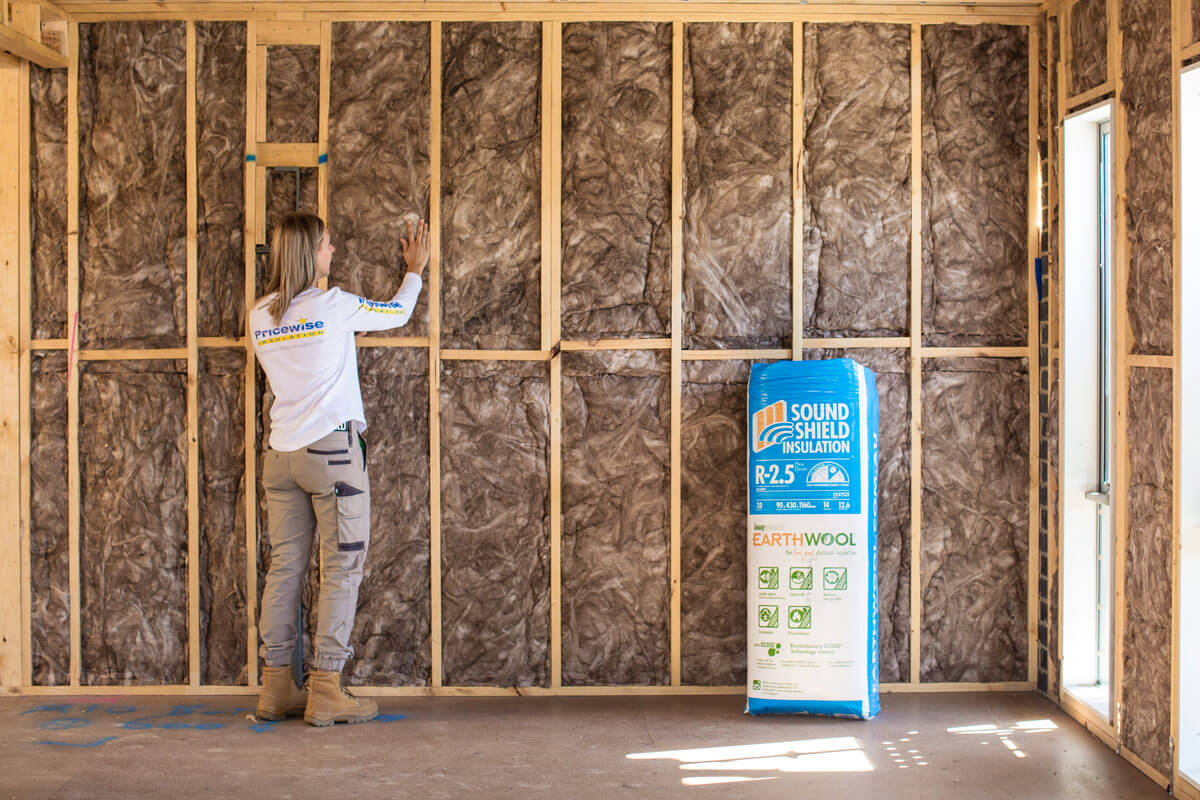
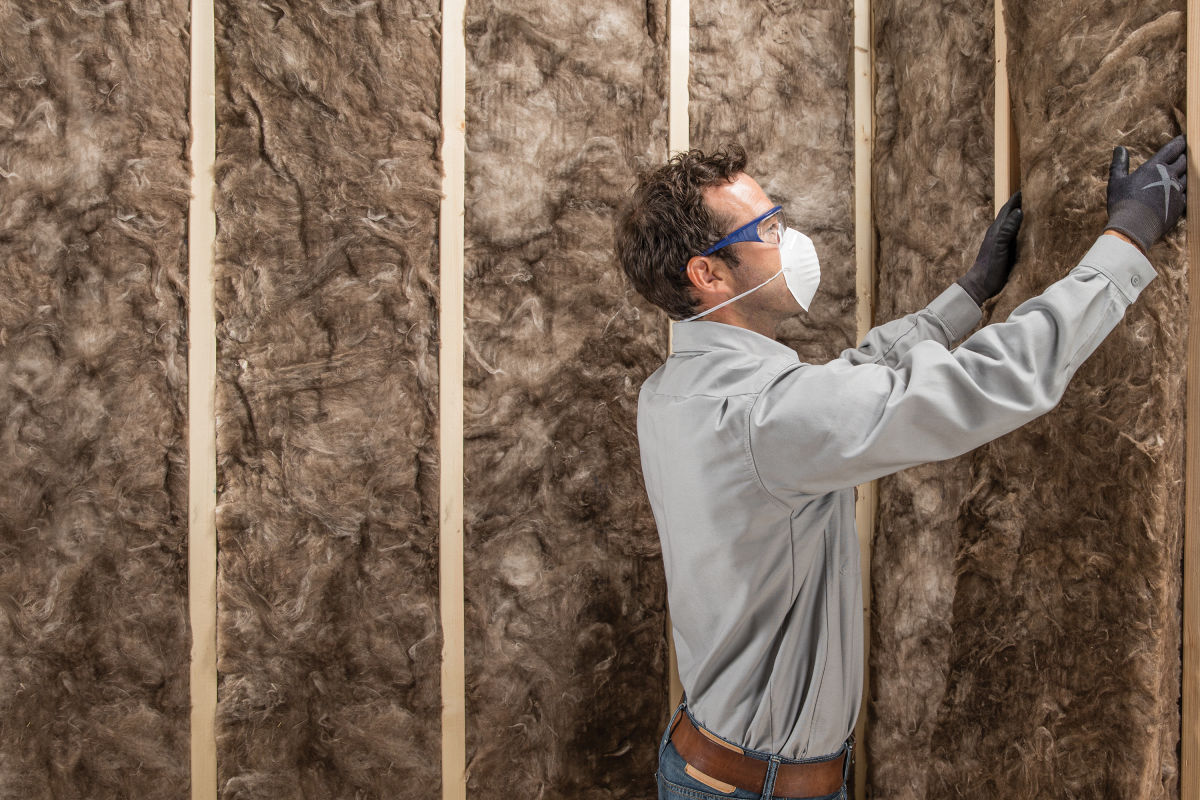
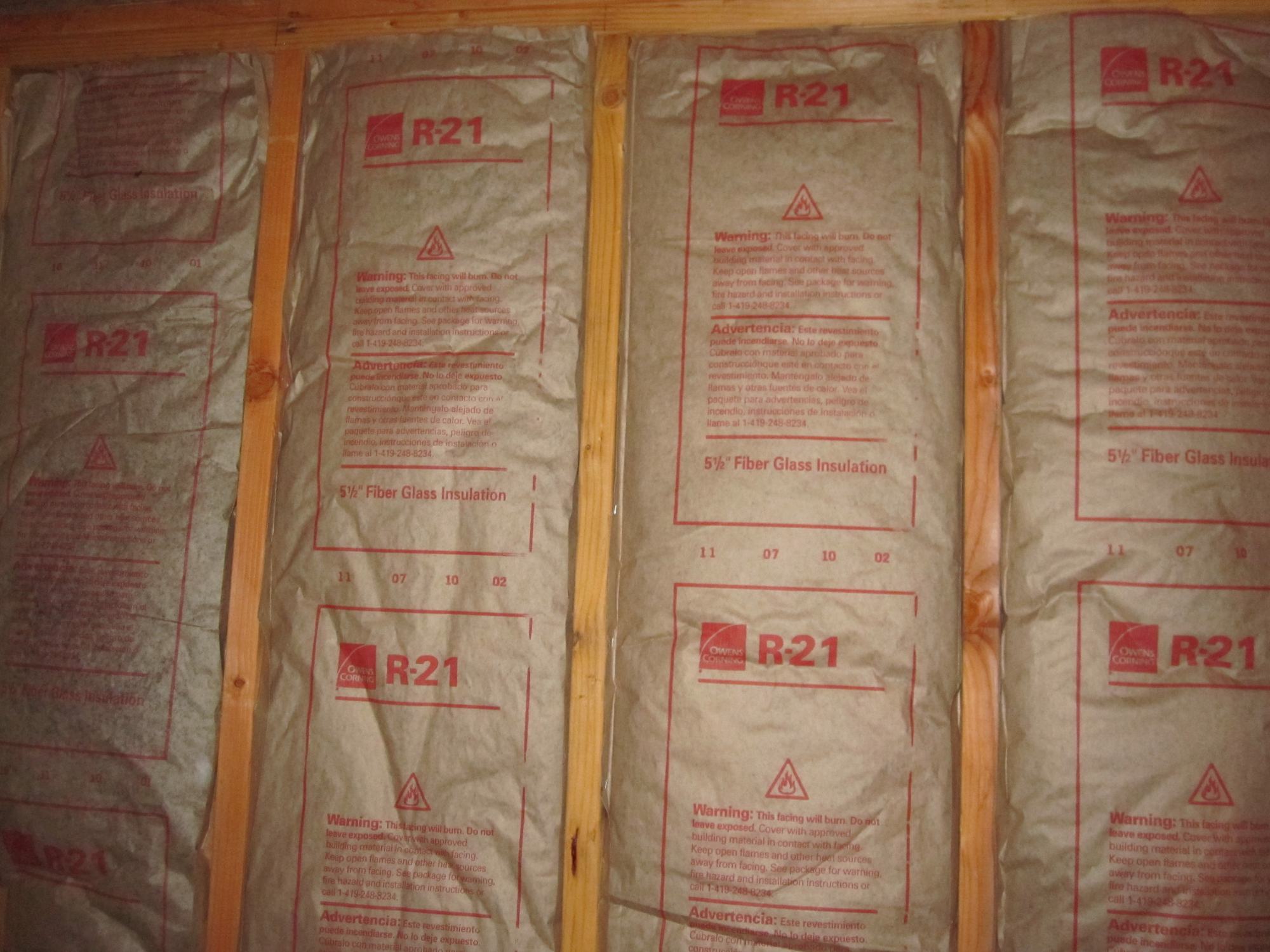
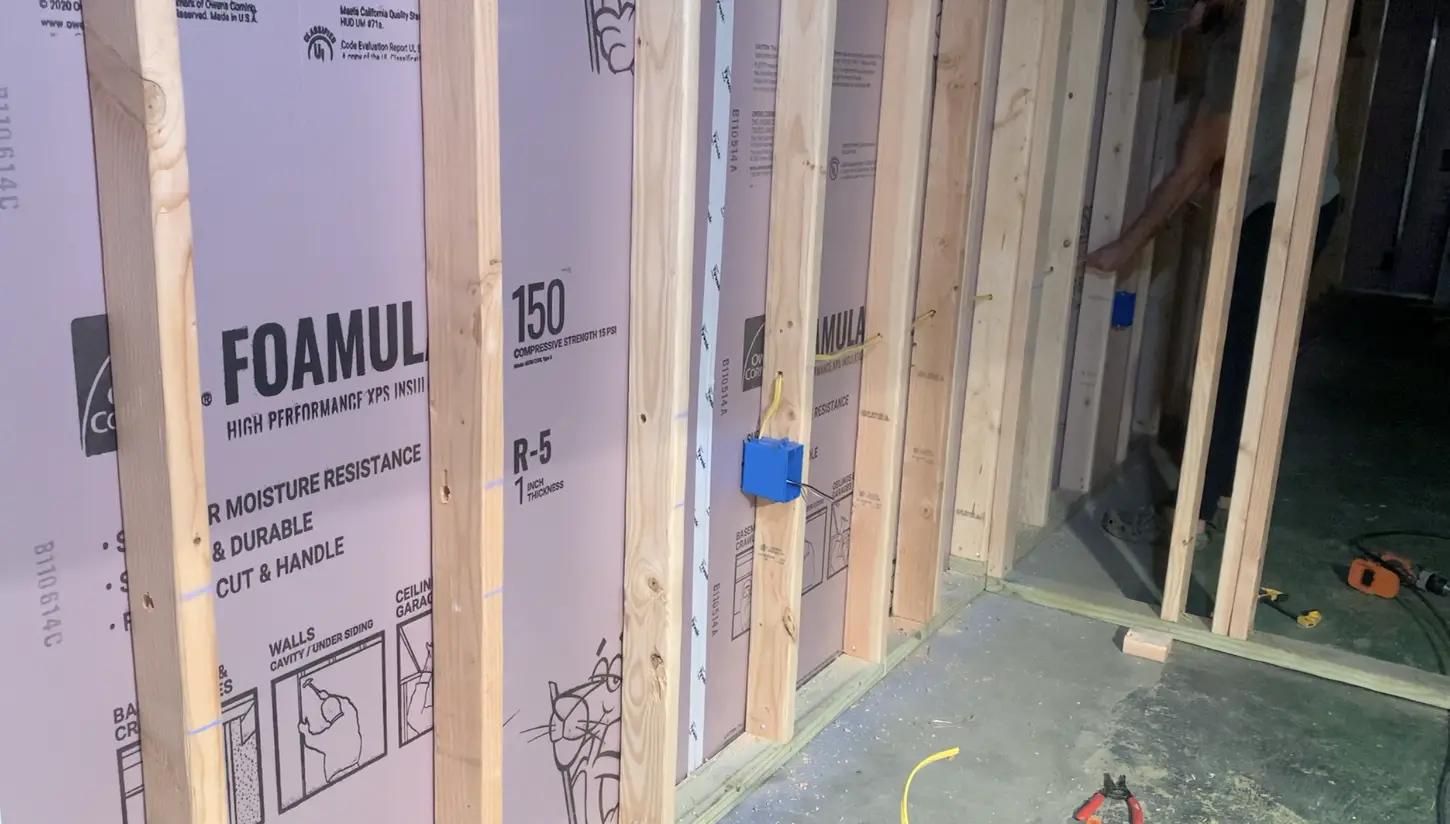
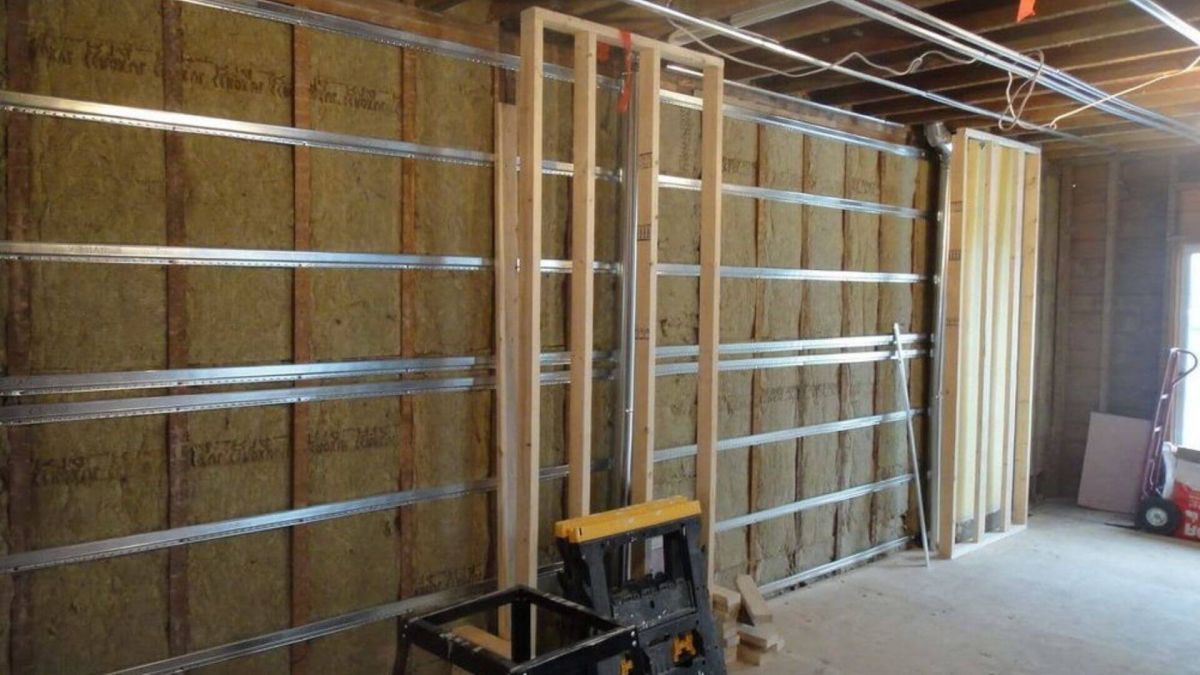
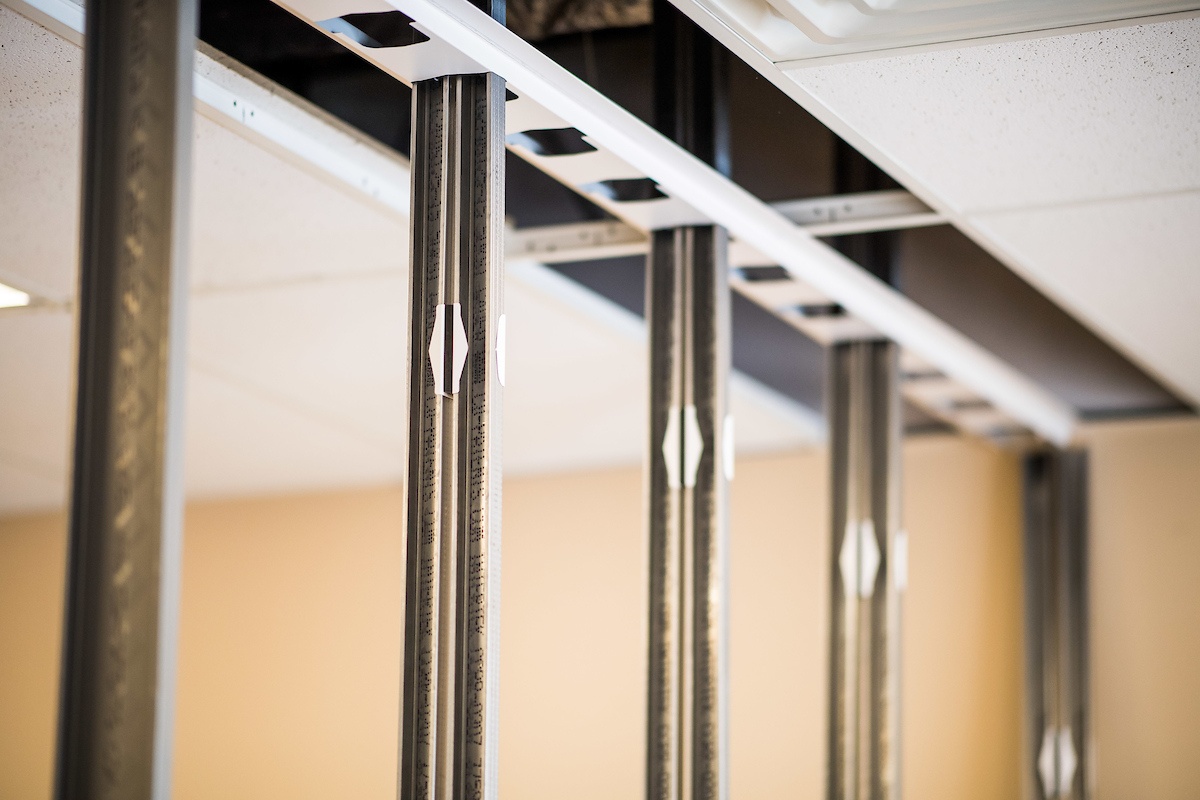
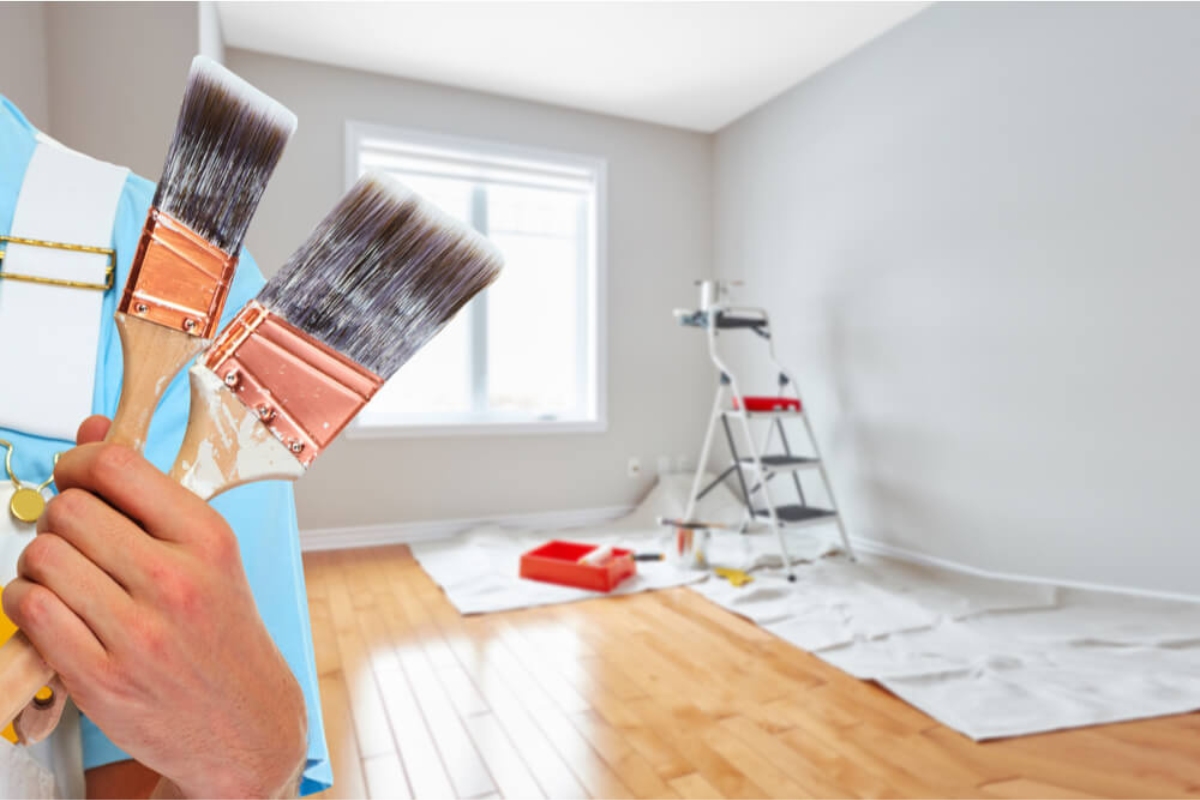
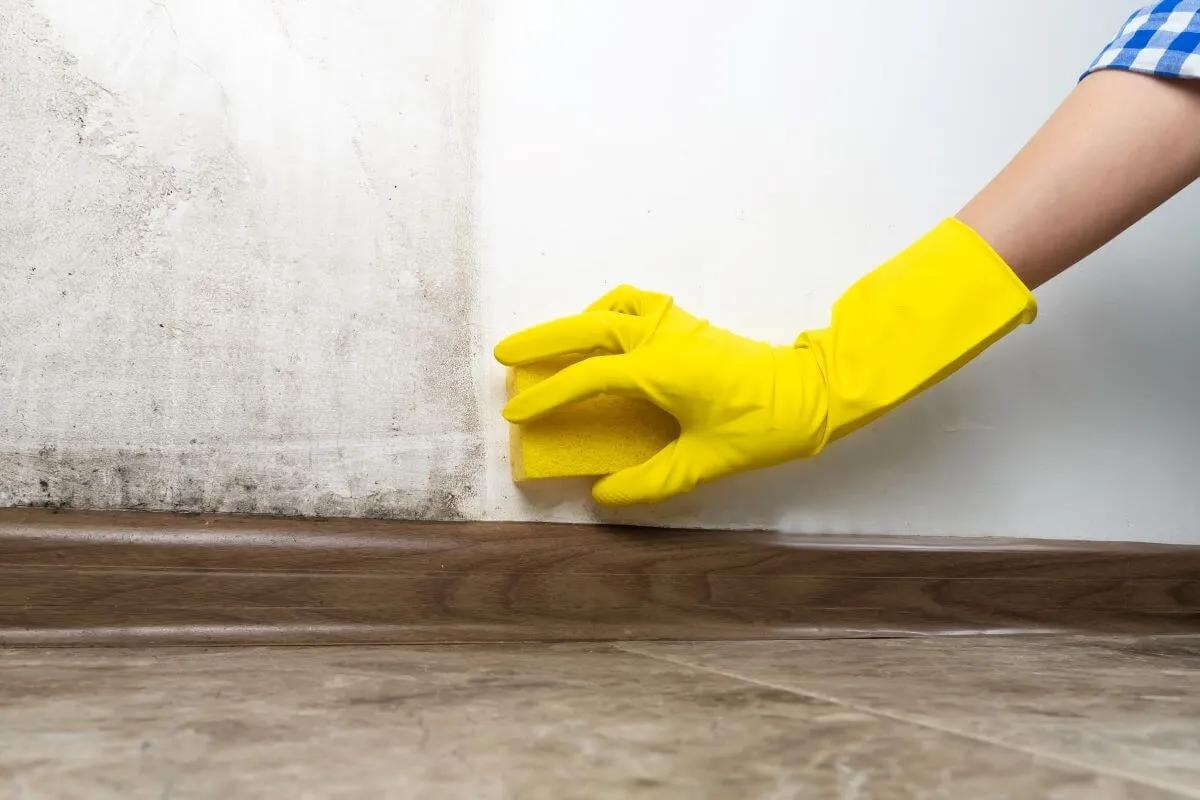
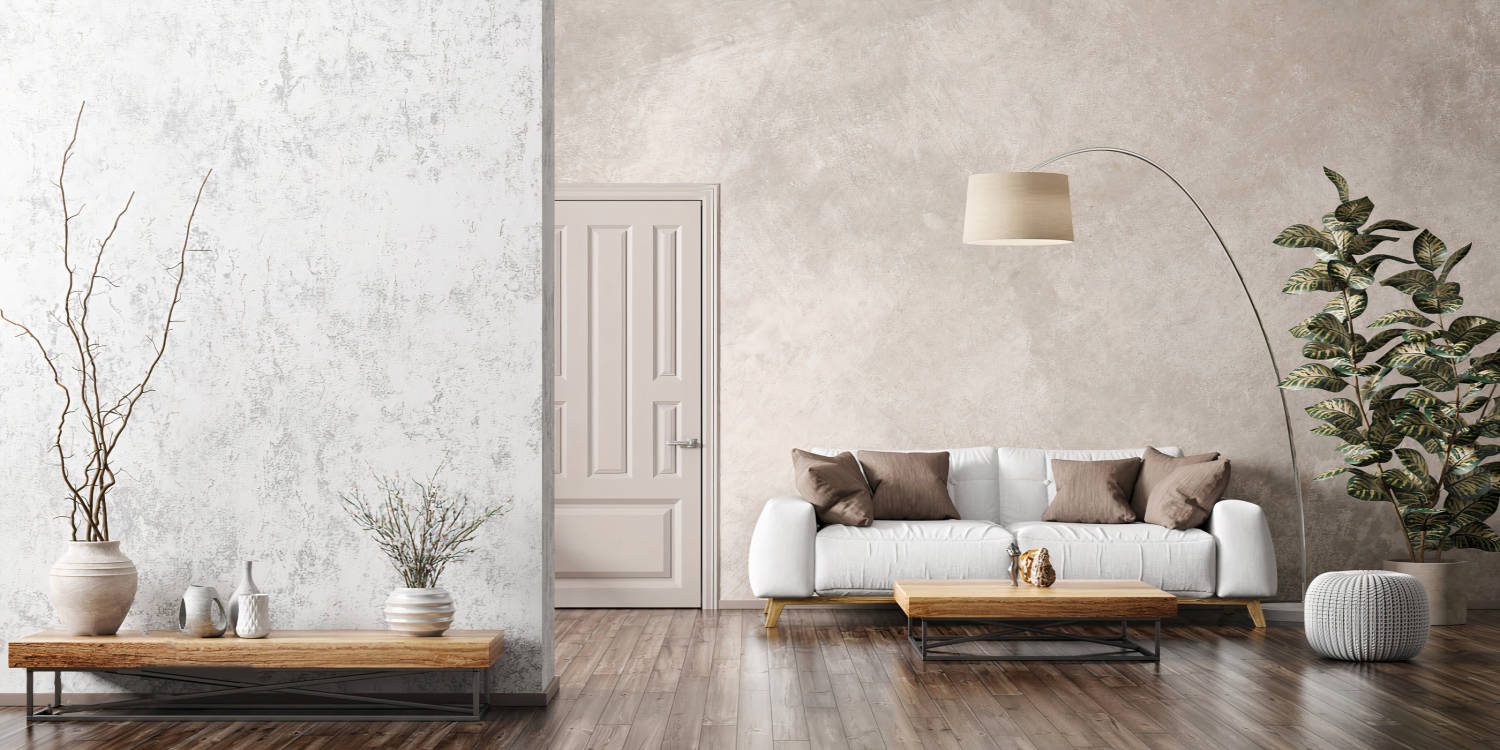
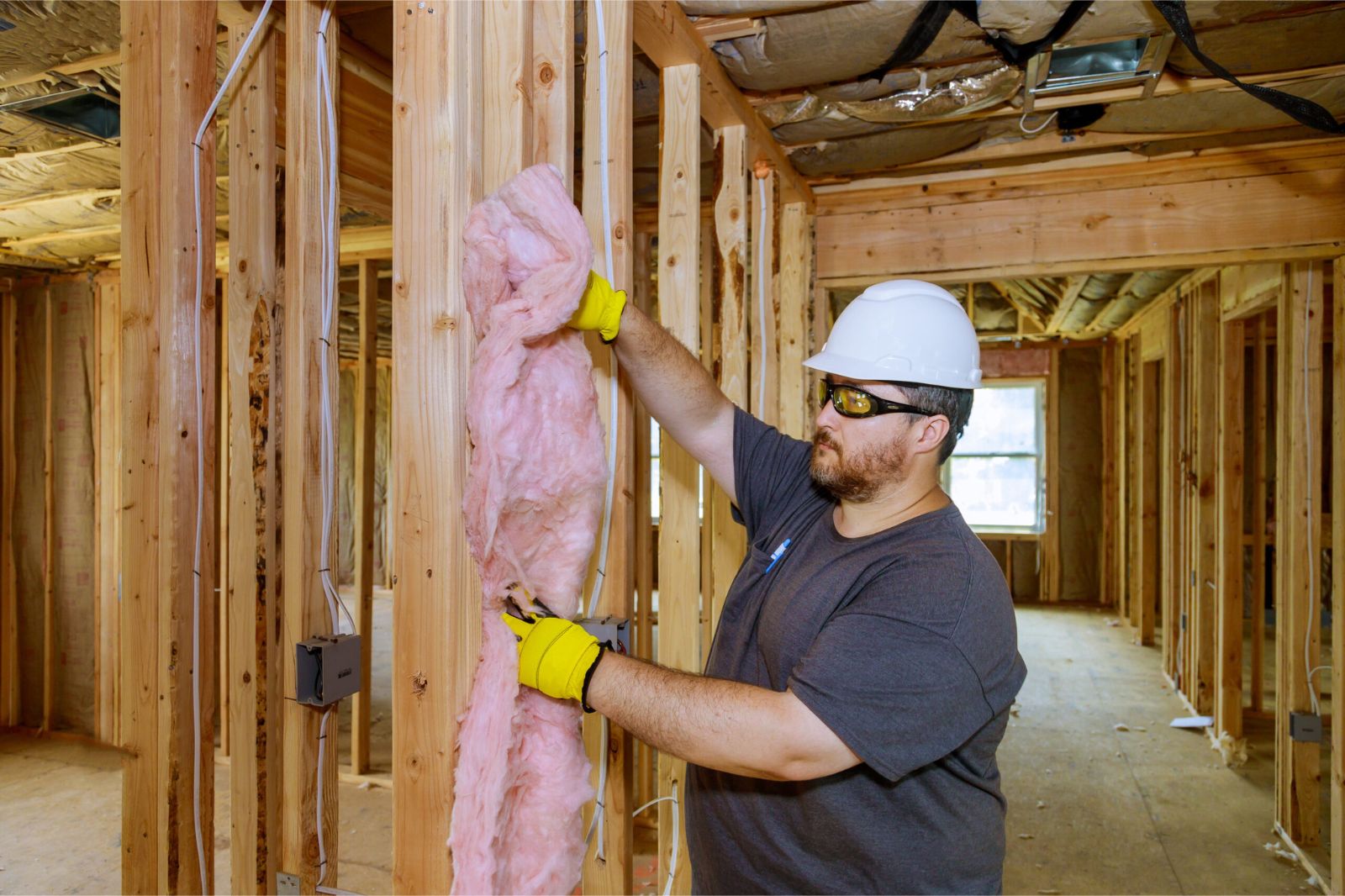
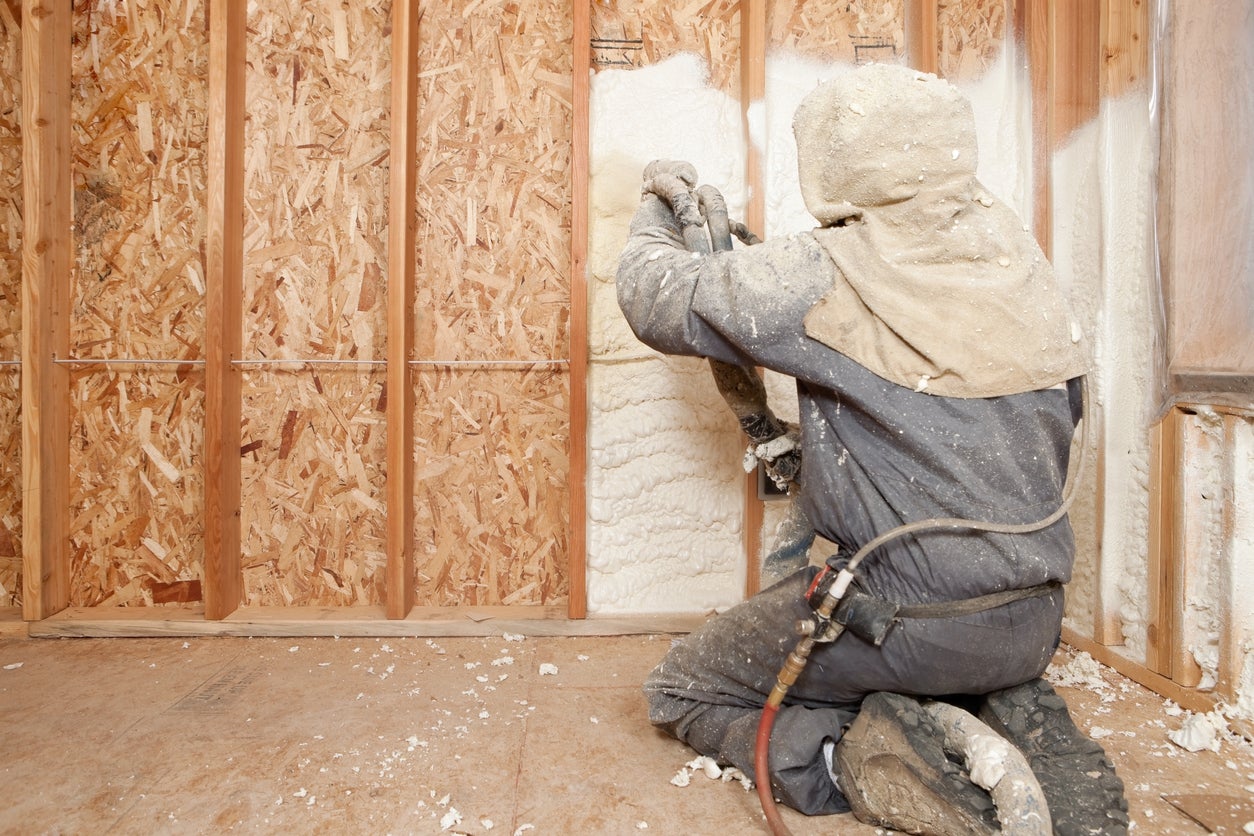
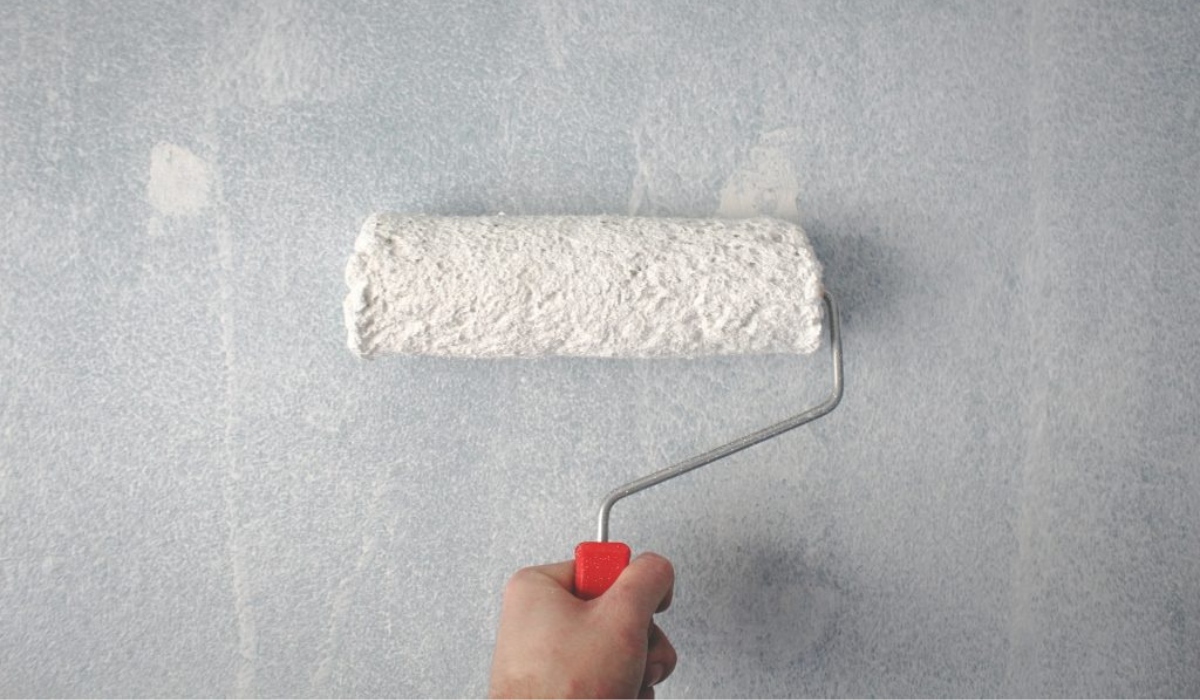
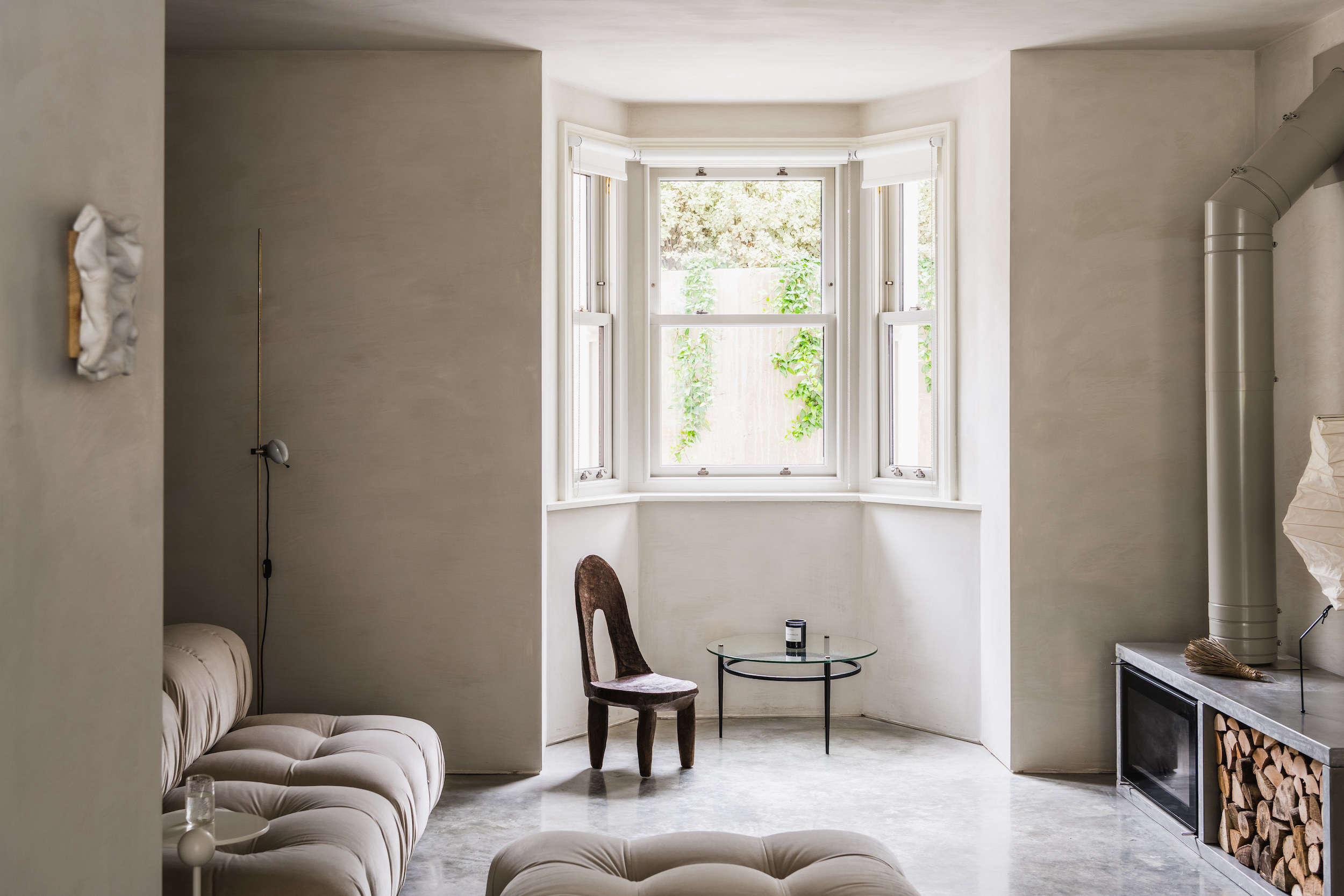
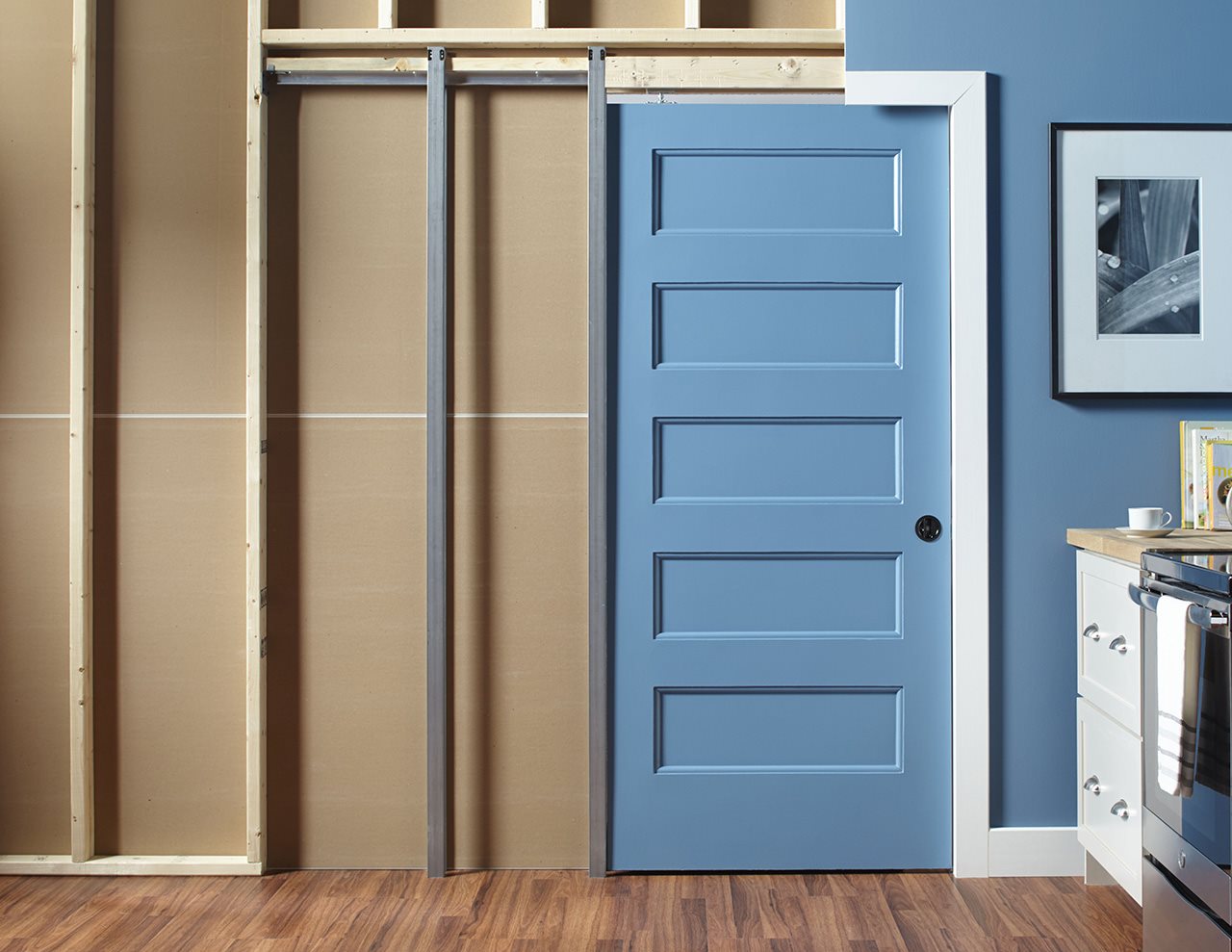

0 thoughts on “How To Insulate Existing Interior Walls”